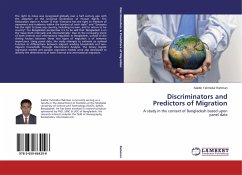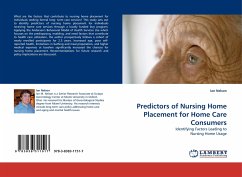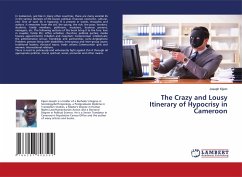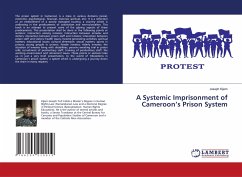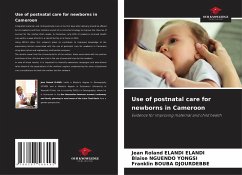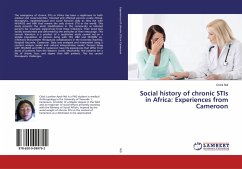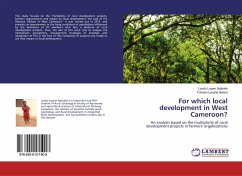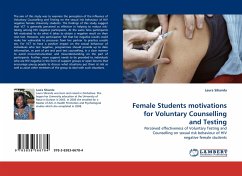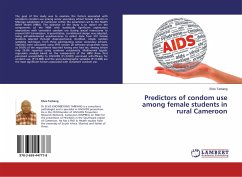
Predictors of condom use among female students in rural Cameroon
Versandkostenfrei!
Versandfertig in 6-10 Tagen
27,99 €
inkl. MwSt.

PAYBACK Punkte
14 °P sammeln!
The goal of this study was to examine the factors associated with consistent condom use among senior secondary school female students in Mbonge subdivision of Cameroon within the parameters set by the Health Belief Model (HBM). The objective of the study is to report on the components of the HBM with statistically significant explanatory associations with consistent condom use during sexual intercourse to prevent HIV transmission. A quantitative, correlational design was adopted, using self-administered questionnaires to collect data from 210 female students selected through disproportional, s...
The goal of this study was to examine the factors associated with consistent condom use among senior secondary school female students in Mbonge subdivision of Cameroon within the parameters set by the Health Belief Model (HBM). The objective of the study is to report on the components of the HBM with statistically significant explanatory associations with consistent condom use during sexual intercourse to prevent HIV transmission. A quantitative, correlational design was adopted, using self-administered questionnaires to collect data from 210 female students selected through disproportional, stratified, simple random sampling technique, from three participating senior secondary schools. Statistics were calculated using SPSS version 20 software programAs many as 54.0% of the respondents reported having ever had sex, among whom only 29.6% reported using condoms consistently. Multinomial logistic regression analysis based on the components of the HBM show that perceived susceptibility to HIV/AIDS (P=0.023); perceived self-efficacy for condom use, (P=0.003) and the socio-demographic variables (P=0.000) are the most significant factors associated with consistent condom use.




